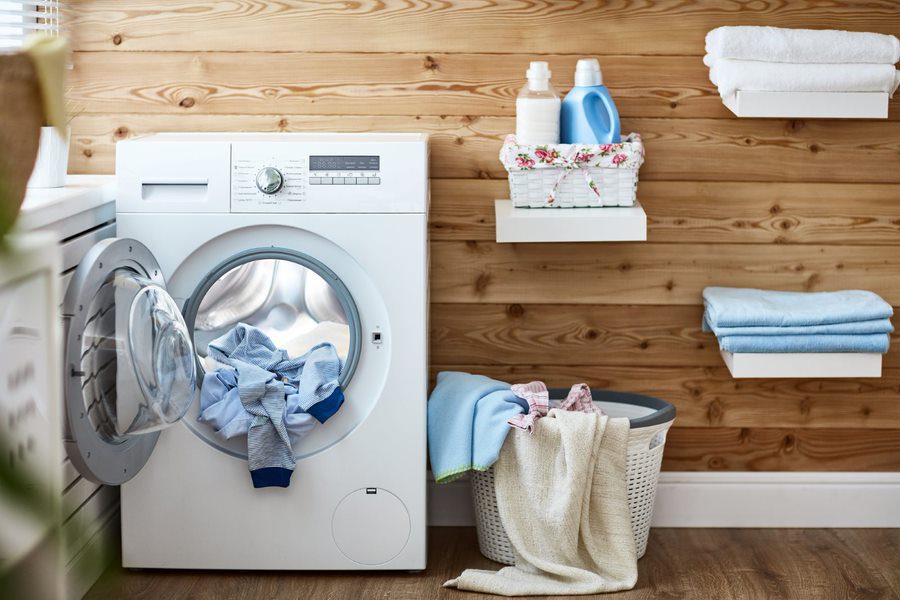It is hard to imagine a life without washing machines. This essential household appliance contributes significantly to our comfort and time management. However, just like any electronic device, washing machines are prone to various problems that can disrupt their operation. This article will provide you with insight into seven common problems with washing machines and how to fix them. So, should you ever find yourself facing a malfunctioning washing machine, you’ll know exactly what you’re dealing with.
1. The Washing Machine Isn’t Spinning
One of the most common issues that our washing machines confront is the problem with spinning. The cause for this can be wide-ranging, from an overload of clothes to a simple software glitch.
Firstly, check if you have overloaded your washing machine. It’s always advised to leave enough room for clothing to move around during the wash cycle. An overcrowded machine often fails to spin.
If the load isn’t the issue, there might be a problem with the lid switch or the drive motor. To fix such problems, you may need the skill of a qualified washing machine repair technician.
2. The Washing Machine is Leaking
A leaking washing machine can create a mess in your laundry room and eventually lead to major water damage if not addressed. The root of the problem usually stems from loose connections, damaged door seals, or a damaged water hose.
To resolve this, first, inspect the hose and connections for any signs of damage or loose fittings. In case of a damaged hose, replacement is necessary.
If the door seal is the issue, you might notice your washing machine leaking from the front. Replacing the door seal should fix this. If the process seems complicated, consider seeking professional help to avoid causing further damage to your machine.
3. Excessive Noise or Vibrations
A washing machine making unnecessary noise or vibrations can be disruptive and a clear indicator that something is wrong. This problem may result from an unbalanced load, a machine that’s not level, or worn-out or damaged motor parts.
To fix an unbalanced load, simply rearrange your clothes to ensure they’re evenly distributed. If the machine isn’t level, adjust its feet until it is balanced. Inspecting the motor requires some technical knowledge. If you’re not well-versed with the inner workings of a washing machine, professional washing machine repair services could prove invaluable.
4. The Washing Machine Doesn’t Start
There could be a host of reasons why your washing machine isn’t starting. Faulty power outlets, tripped circuit breakers, or problems with the machine’s power cord could be to blame. Other culprits could be issues with the timer knob, door switch, or start switch.
To troubleshoot, first, verify that the power outlet is working. If it is not the problem, check the circuit breaker related to the power source of your machine. If still not solved, it is most likely an internal issue, and you might need a service technician to evaluate your machine.
5. Washing Machine Not Draining Properly
If your clothes come out soaking wet post-cycle, your washing machine probably isn’t draining properly. The most common cause of this can be a blockage in the drain hose or a faulty pump.
To mitigate this, ascertain whether the drain hose is clogged. If it is, cleaning out the debris should restore normal function. However, if the pump is faulty, seeking professional aid might be your best bet.
6. Unpleasant Smells from the Machine
Unpleasant odor emanating from your washing machine can not only spoil the freshness of your clothes but also indicate the growth of mold or mildew. This often happens when the drum stays damp over an extended period, allowing bacteria and mold to thrive.
To fix this, run a hot cycle empty or with a washing machine cleaner to kill the bacteria or mold. Remember to leave the door of the machine open after the wash cycle to enable the interior to dry completely, preventing future buildup.
7. The Washing Machine Stops Mid-Cycle
Your washing machine stopping mid-cycle can be exceptionally inconvenient, leaving your clothes soaking and your schedule disrupted. This problem could be due to overheating, a faulty door lock, or issues with the programming.
If the machine is overheating, allowing it some cool-down time before restarting could fix the issue. If the door lock mechanism is faulty, replacing it might be the solution. For more complex issues like program failure, consulting a washing machine repair professional is advisable.
In conclusion
even though washing machines are robust devices designed for heavy use, they are susceptible to numerous problems that can affect their functionality. Fortunately, most of these common issues can be rectified either via self-troubleshooting or with the help of professional appliance repair services. Make yourself accustomed to these common problems and their solutions to ensure your washing machine serves you optimally for a long time.
Apart from that, if you are interested to know about Is A Fully Automatic Washing Machine Good? then visit our HOME IMPROVEMENT category.


